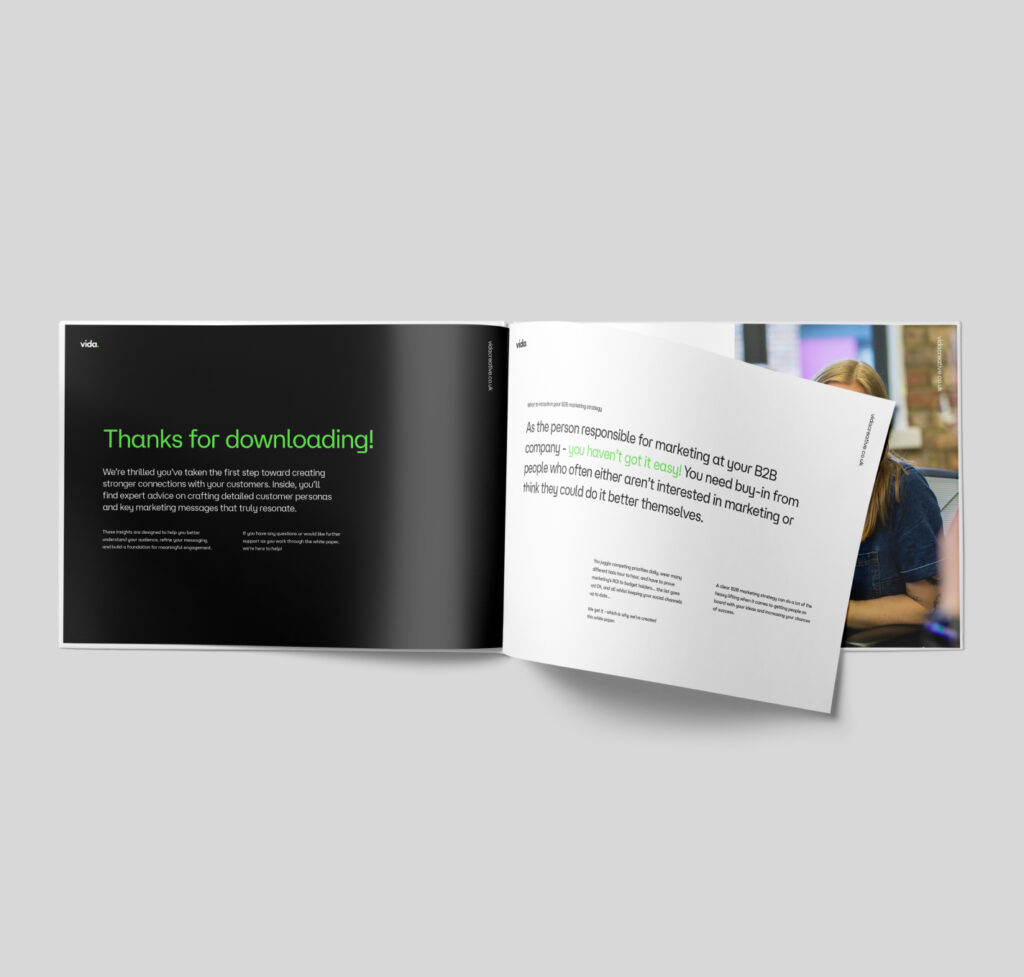Traffic on your website can ultimately result in direct purchases or enquiries. Or even better, successful partnerships and projects.
Generating a steady flow of traffic to your website should be high on any business owner or marketeer’s agenda.
Traffic on your website can ultimately result in direct purchases or enquiries. Or even better, successful partnerships and projects.
There are several ways you can use content to drive traffic to your site. Here are a few to get you started!
Start with what your target audience is interested in
Firstly, it’s a good idea to produce regular blog posts for your site. Written well, they can act as brilliant SEO boosters. And mean that people who may be interested in what you do could find you in search engines, where they otherwise may not have done.
You should have a good understanding of who your target market and personas are, so to start with, think of topics they’d be interested in.
There are tools out there that will let you research questions around certain topics that people are asking. Handy for coming up with articles that answer the questions your audience is asking.
Create interesting content
Create engaging blog content centred around topics your customers ask about frequently. If you’re an IT company and your customers regularly ask you what a fire wall does, get writing.
Once you’ve published your brilliantly written article, you can get to work. Send the link to anyone else who asks about this topic, it gives them a valuable reason to visit your website. The more people you push to the article, the more likely it is to rank higher in search engines.
This is when it could start to attract a wider audience who may be searching Google for this information.
Regular blog posts could also include case studies on your work with clients and news updates from your business. Case studies are an excellent way to showcase the benefits of working with your team, and your case study subjects could help drive traffic to your site by sharing the link across their own networks.
Include links in social media posts
Once you’ve produced shareable content, promote it on your social media channels.
Create social media posts that give some key insights from a blog you’ve written, along with the link to read the whole entry.
Most blog articles will include several hints or tips for people reading. So think of interesting ways you can position this content to make the most out of the time (and maybe money) you’ve spent producing it.
Create landing pages based on your services or products
If you have several services, it’s a good idea to create landing pages for each of them. This gives you an opportunity to give your potential customers more information. And of course, it’s another chance to get your website ranking organically in Google.
You could even create optimised landing pages for certain sectors to increase search engine visibility. Going back to our IT company example – does your company do a lot of work with tech companies? Could you write a page aimed at ‘IT support for tech companies’?
Repurpose successful historic content
If you’ve historically written a blog that was received well, you could update it to ensure it stays relevant.
Maybe there’s an opportunity to explore a topic you’ve written about in even more depth. This is the perfect opportunity to create a downloadable guide that acts as a lead generation tool too – a win-win.
You could also take content and make short videos to feature on your social channels to drive people to your site. Same goes for things like podcasts. If you’ve produced one that did particularly well, you could do a write up for your blog to attract people to visit your website.
Explore paid adverts
This option can be a little more costly than the few we’ve explored already. But done well, paid adverts can be an effective way to drive traffic to your website and produce a great return on your investment.
If you’re selling a product and you know that your target market are frequently on a specific social media platform, you could create a targeted advert.
The advert could showcase your product, its USP and benefits, along with a link to the site to purchase it. Make sure you produce an eye-catching advert to encourage engagement.
Even if people land on your website and don’t buy the product straight away, there’s nothing stopping them returning at a later date, now they’re aware of your business.
Ads aren’t all about instant purchasing though, you can produce them for objectives like brand awareness purposes too. Good for the ‘long game’.
Hit up your email subscribers (and other people’s)
Newsletters are a great way to stay in touch with people who work with you, or purchase from your business. They’re also a great way to show what you can do by providing valuable information to potential customers who’ve signed up because they like the sound of what you’re about.
To drive traffic, the key is to provide value first. Once you’ve done that, you can include links to your most recent blog posts, products, or services – just ensure where the person lands on your site is exactly where they expect to.
There’s nothing worse than landing on a page that is encouraging you to buy something when you actually just wanted some advice from a blog article someone has promoted.
Need help driving traffic to your site?
Get in touch, we’d be happy to chat about your options and what we could do for your business.


